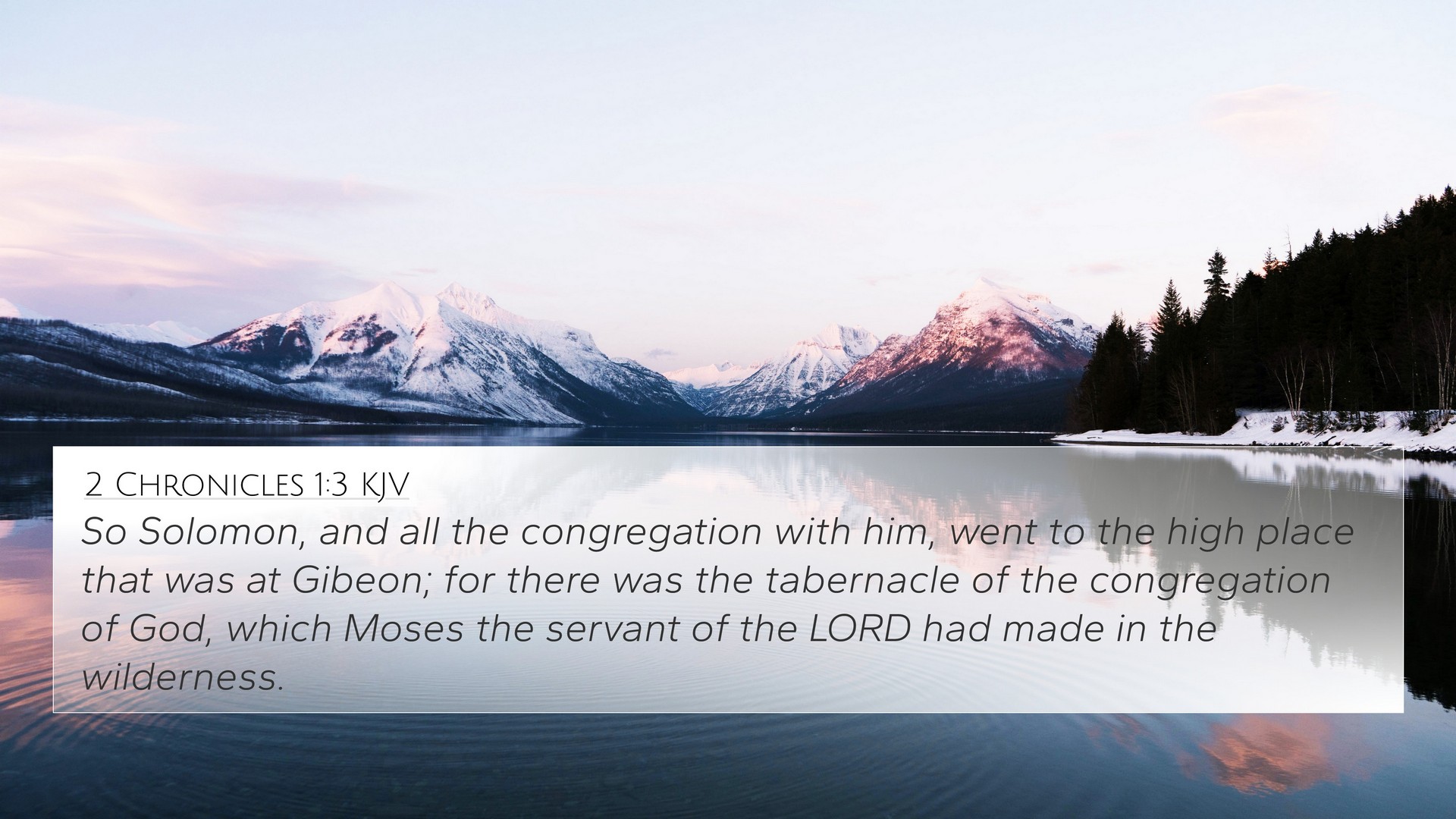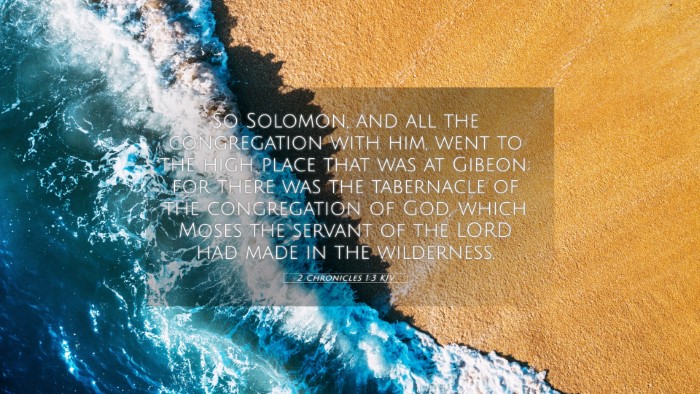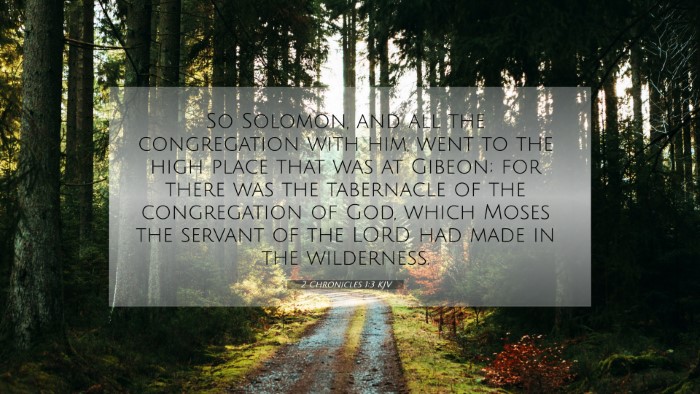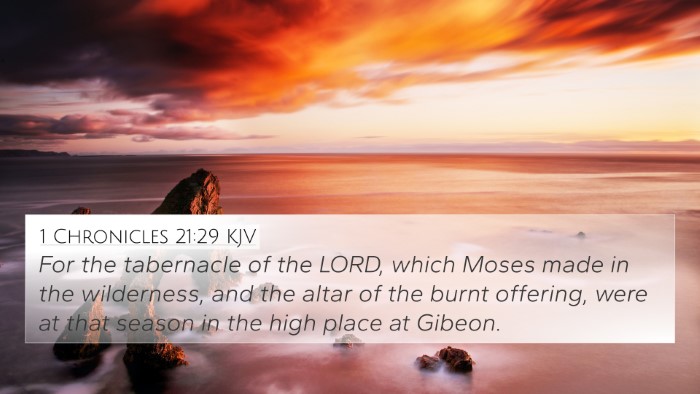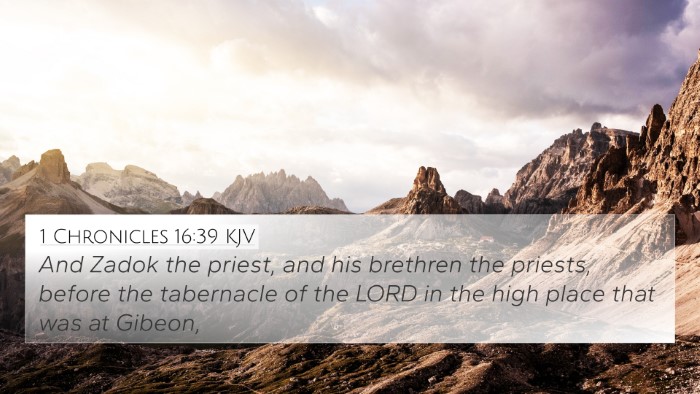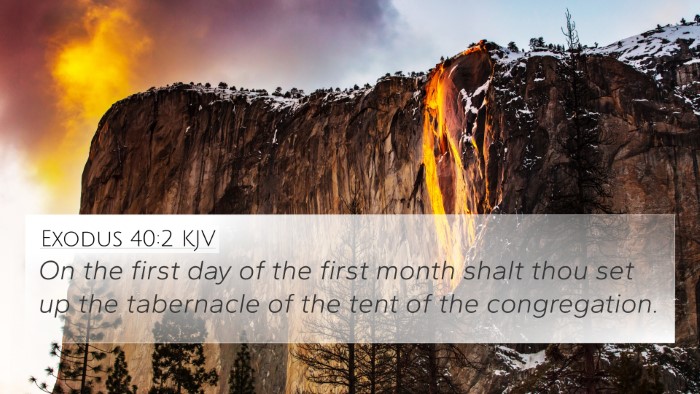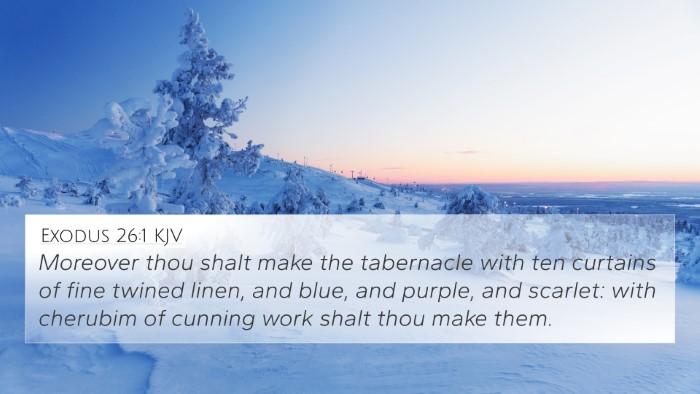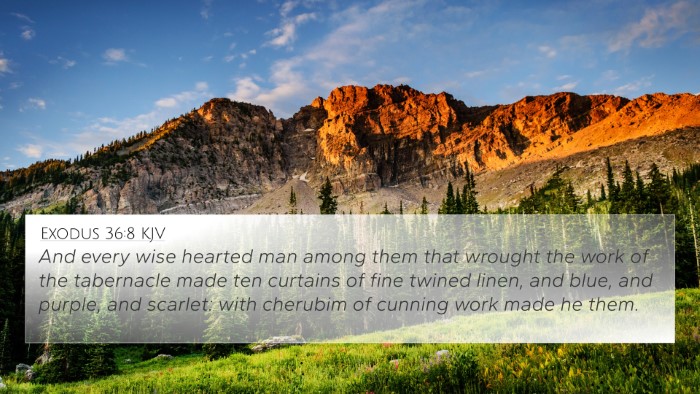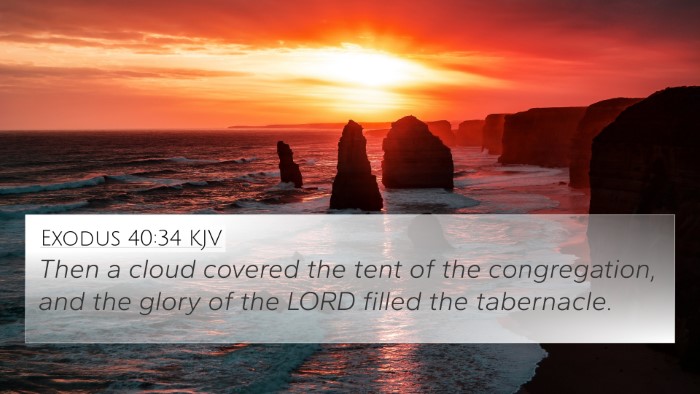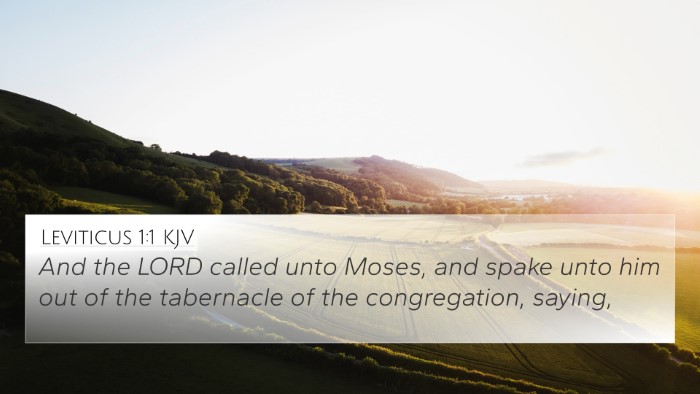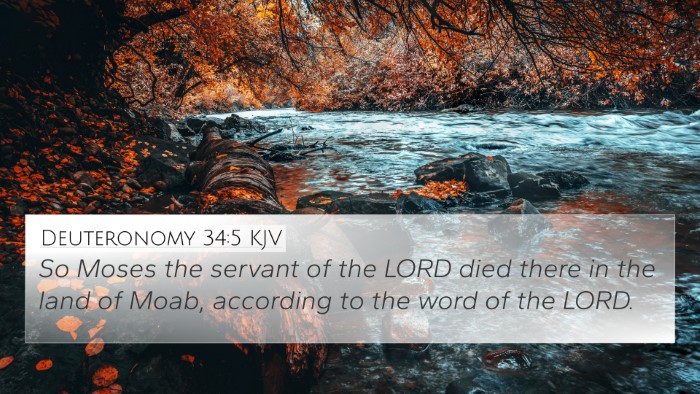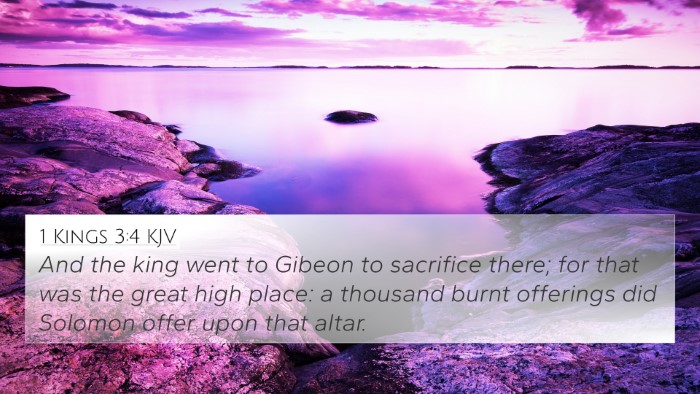Understanding 2 Chronicles 1:3
Verse: 2 Chronicles 1:3 - "And Solomon, and all the congregation with him, went to the high place that was at Gibeon; for there was the tabernacle of the congregation of God, which Moses the servant of the Lord had made in the wilderness."
Summary of Verse Meaning
This verse captures a significant moment in the early reign of Solomon, highlighting both his devotion to God and the continuity of Israel's worship practices. The narrative points to Solomon's leadership and the collective worship of the people as they gather at Gibeon to worship the Lord in the tabernacle.
Commentary Insights
-
Matthew Henry:
Matthew Henry emphasizes Solomon's wisdom as he seeks the Lord early in his reign. The gathering at Gibeon signifies a unifying moment for the nation of Israel and reflects Solomon’s first acts of piety, recognizing the importance of seeking divine guidance.
-
Albert Barnes:
Barnes highlights that Gibeon was a location of cultural and religious significance, serving as a high place of worship before the Temple was built. He notes the importance of the tabernacle, constructed according to God's instructions, symbolizing God's presence among His people.
-
Adam Clarke:
Clarke remarks that the congregation’s visit to the high place illustrates their desire to worship God and seek His favor. This moment underlines the transition from the tabernacle at Gibeon to the eventual Temple in Jerusalem, emphasizing the evolving nature of worship in Israel.
Thematic Connections
The verse establishes connections between several key biblical themes, such as:
- Worship: The act of congregational worship underscores the centrality of God in the lives of His people.
- Leadership: Solomon's actions display a model for future leaders, emphasizing the importance of leading the people toward a relationship with God.
- God's Presence: The tabernacle represents God dwelling among His people, an enduring theme in scripture that links both testaments.
Cross References
This verse has several noteworthy cross-references that deepen our understanding:
- Exodus 40:34-38: Describes the glory of the Lord filling the tabernacle, establishing its sacredness.
- 2 Samuel 6:17: The bringing of the Ark of the Covenant to Jerusalem, which sets the stage for future worship practices.
- 1 Kings 3:4: Also recounts Solomon’s visit to Gibeon to offer sacrifices, linking his royal decisions with worship.
- Hebrews 9:2-5: Refers to the tabernacle and its significance, connecting Old Testament worship with New Testament teachings.
- Psalms 132:6-7: Speaks of searching for the dwelling place of the Lord, relating to the worship at Gibeon.
- 1 Chronicles 16:39-40: Records the location and significance of worship at Gibeon prior to David's establishment of Jerusalem.
- John 4:20-24: Jesus’ conversation with the Samaritan woman regarding true worship and God seeking worshipers.
Concluding Thoughts
2 Chronicles 1:3 serves as a foundational verse that sets the tone for understanding Solomon's reign, the role of worship in ancient Israel, and God's desire for relationship with His people. Properly interpreting this verse through various commentaries provides a richer insight into the biblical narrative and the importance of cross-referencing scripture for deeper theological understanding.
Tools for Bible Cross-Referencing
Using tools such as a Bible concordance, a structured Bible cross-reference guide, or engaging in a cross-reference Bible study can help individuals discover connections throughout the scriptures.
For anyone seeking to delve deeper, understanding how to use Bible cross-references can enhance both personal study and sermon preparation, allowing for a more profound exploration of God's Word.
